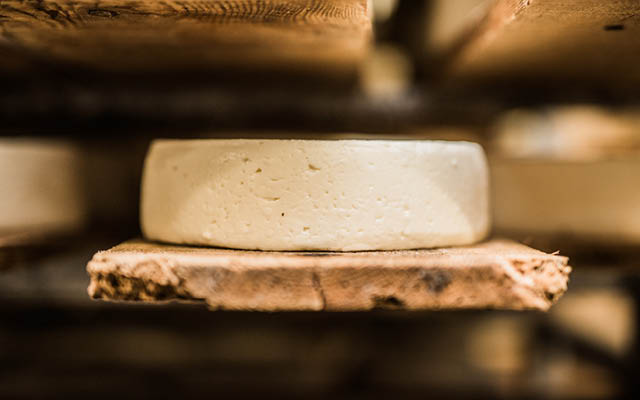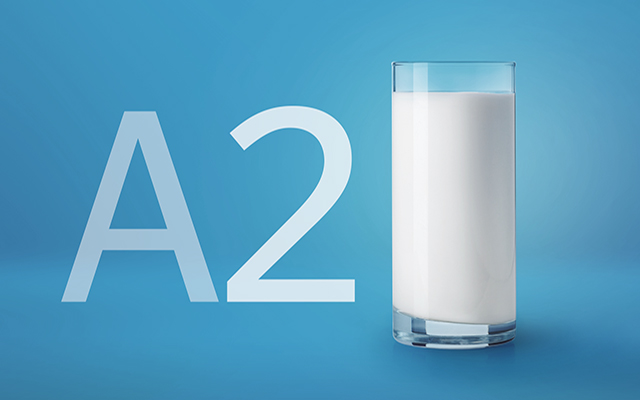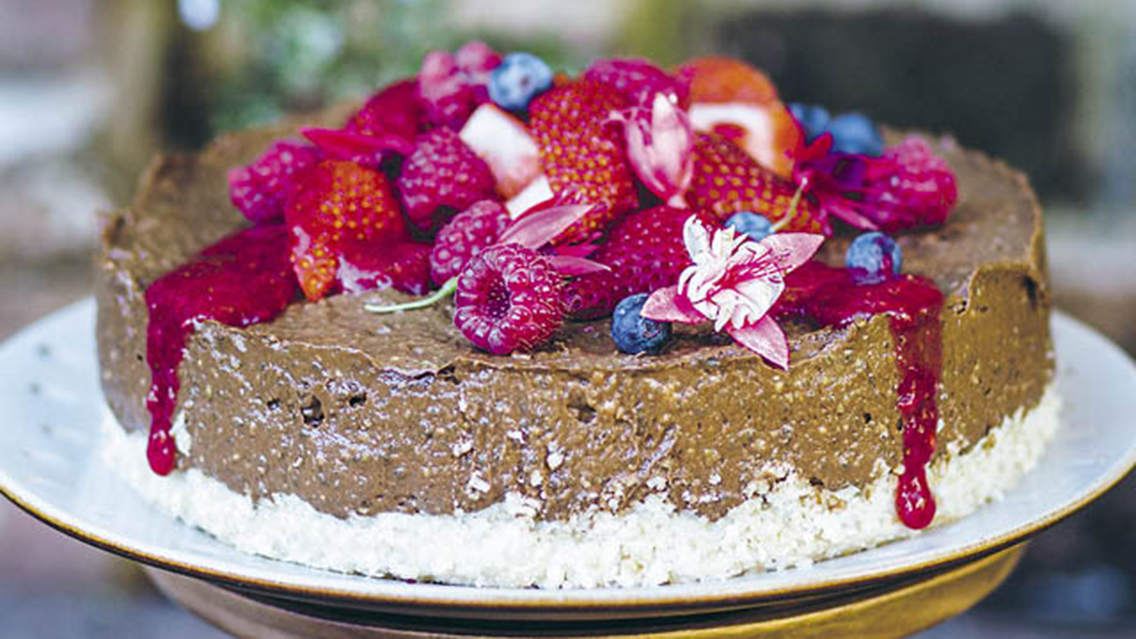Eating raw-milk cheese is probably not any more dangerous than eating carpaccio or sushi, or anything else that could harbor unhelpful parasites. The FDA mandated pasteurization of all milk products in 1987, but a dozen states have since passed rules allowing retail sales of raw milk, and another dozen say it’s OK if you purchase it directly from the originating farm.
Despite the caution over raw milk in some places, Edgar doesn’t believe there’s any reason for most people to avoid raw-milk cheese because of microbial concerns. Advocates believe the “living” aspect of raw milk makes it more digestible, not more dangerous.
“Traditional milk is alive, teeming with enzymes and microorganisms that evolved right along with [us], usually in the belly,” notes Nina Planck, author of Real Food: What to Eat and Why.
In any case, cheese is different from milk, Edgar explains, because of the fermentation factor. Raw-milk cheese is available even in states with raw-milk bans, as long as the cheese is aged at least 60 days. This means you won’t usually find a raw-milk Brie (whose creaminess results from minimal aging), but other soft options are available, such as raclette or bûcheron.
All sorts of cheeses — hard and soft; cow, goat, and sheep — are made from raw milk.
Often, raw-milk cheese comes from small-scale farmstead makers, Edgar says.




This Post Has 0 Comments